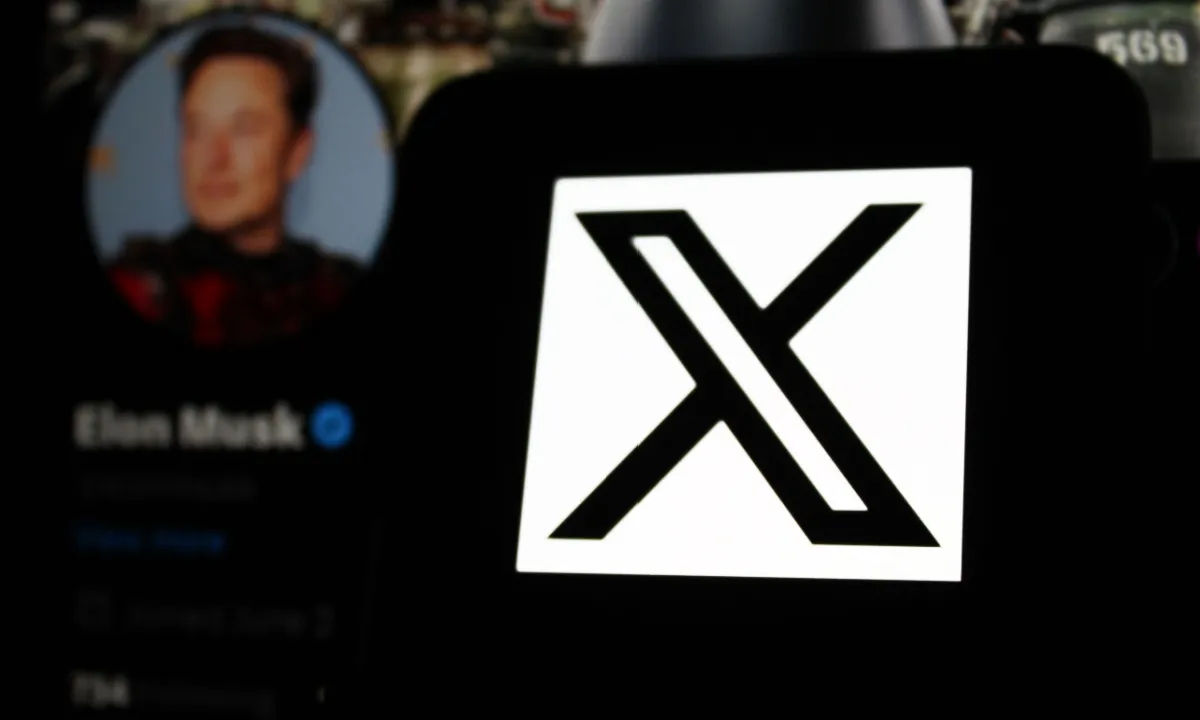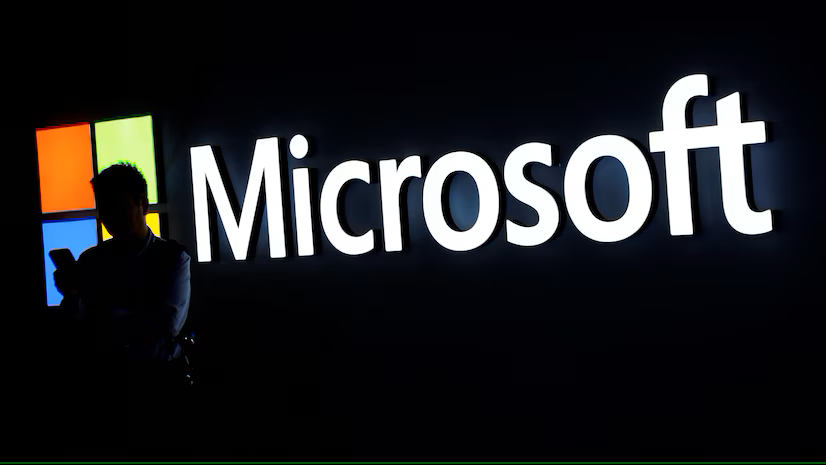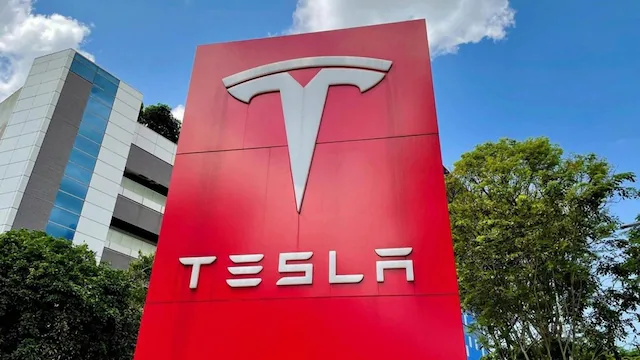
Regulators Stall Musk’s X Payments Push
Elon Musk’s bold plan to transform X (formerly Twitter) into an “everything app” offering integrated payments has run into significant hurdles. What was envisioned as a core pillar of Musk’s strategy to broaden X’s revenue streams is now stalled by regulatory complexities and Musk’s own management style.
Since acquiring Twitter in 2022, Musk has repeatedly outlined his ambition to build an “everything app” modeled after China’s WeChat—combining social networking, messaging, commerce, and payments. Integrating a payments service was positioned as the cornerstone of this evolution, enabling peer-to-peer transfers, merchant payments, and new monetization avenues.
However, payments is one of the most highly regulated industries globally. To operate legally, X would need money transmitter licenses across U.S. states, compliance with anti-money laundering (AML) and know-your-customer (KYC) rules, as well as global approvals to expand internationally. Regulators remain cautious about Musk’s track record with compliance and transparency, especially given X’s frequent policy changes and looser content moderation.
Licensing delays and regulatory scrutiny have already slowed progress, with some reports suggesting X has not yet met key requirements in multiple jurisdictions. Without approvals, the payments rollout remains in limbo.
Compounding these challenges is Musk’s hands-on, uncompromising leadership approach. Former executives and regulators have raised concerns that Musk’s tendency to push aggressive timelines often clashes with the methodical, compliance-driven processes required in financial services. Unlike launching rockets or cars, where innovation can outpace bureaucracy, payments demand patience, documentation, and regulator trust.
Even if regulatory hurdles are cleared, Musk faces a crowded field. PayPal, Apple Pay, Google Pay, and Stripedominate digital payments, while newer fintechs continue to innovate in areas like instant transfers and crypto integration. Convincing users to shift financial activity onto X will require not just functionality, but trust—something the platform has struggled with amid rising misinformation and brand safety concerns.
Musk’s payments ambitions reflect a broader trend of platform convergence, where social, commerce, and finance increasingly blur. However, his biggest challenge is not technological, but institutional. Without regulatory trust and operational discipline, X risks falling short of its super-app vision.
For Musk, success will mean balancing innovation with compliance, delegating execution to experienced financial operators, and restoring user confidence. For regulators, the case underscores the importance of carefully monitoring Big Tech’s expansion into financial services, where consumer protection and systemic risk are paramount.
Elon Musk may still realize his vision of embedding payments into X, but progress will be slower, more complex, and less under his control than he is accustomed to. The stalled rollout highlights a tension central to Musk’s leadership: the clash between disruptive ambition and regulatory reality.







